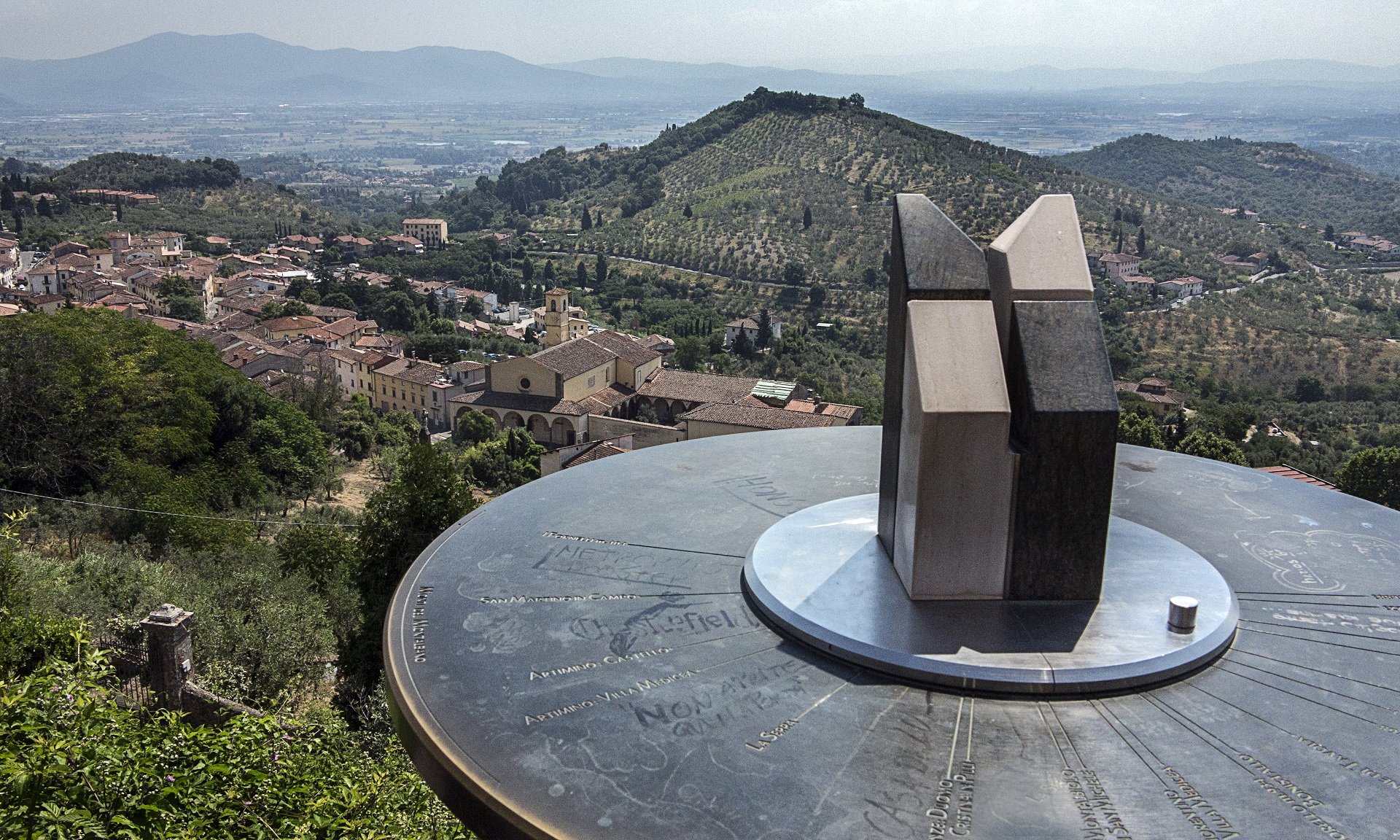Capraia Castle
The origin of Capraia is undoubtedly very ancient. A decree of Otto III of 998 mentions for the first time the Castle of Capraia in a Privilege to the Bishop of Pistoia, indicating the place with the name of Cerbaria and again in the diploma of Frederick I in 1155 the same name is used. This name "Cerbaria", may indicate that the area was rich in deer, or the root "Cervus" refers to the thick and wild forest that covered the hill. It seems unlikely that it owes its name to the goat farm, as the municipal coat of arms would suggest, where the goat is depicted together with the resting shepherd, symbol of Limite. Capraia Castle is located on a spur that drops sheer to the Arno river and still retains the structural characteristics of a fortified medieval village; these characteristics allowed, in ancient times, to defend oneself easily and repel aggressions. It is precisely this particular conformation combined with a strategic position on the right bank of the Arno that gave the Castle of Capraia the important task, in medieval times, of controlling river and land traffic on the Florence-Pisa route. In 1142 the Alberti Counts of Pistoia took possession of the fortress, enlarged it and refortified the Castle, surrounding it with walls. The town of Capraia enjoyed splendor and prosperity throughout the twelfth century. It grew so much that the Florentines decided to build Montelupo Castle in 1203 in order not to lose absolute control over that important stretch of road and river. Legend has it that the name was coined in antithesis to the neighbor Capraia, because according to an old saying "to tame a goat there is nothing better than a wolf". In 1204 Capraia and Montelupo signed a treaty dividing the management of the territory and the lily municipality undertook not to cross the Arno for hostile operations towards the Castle of Capraia; in fact, however, Guido Borgognone owner/count of Capraia was forced to recognize supremacy and therefore to submit to Florence, signing a humiliating act of vassalage. In 1249 Capraia gave asylum to some prominent exponents of the Guelph side and being a Pistoian garrison it was against its will the seat of bloody fights between the latter and the Florentines. In the 14th century Capraia was purchased by the Municipality of Florence and many of the annexed territories became possessions of the Frescobaldi family who, in 1714, transformed them into their fiefdom. Having lost its military importance, Capraia remained a quiet agricultural village for centuries. It returned to have commercial importance a few centuries later with the processing of terracotta and ceramics; in fact it is due to the kilns of Capraia if the tradition of ceramics survived, in this area, in the dark times of the '600 and' 700, thanks also to the strategic position along the river Arno, then the only direction for production with the Tuscan coast. Capraia Ceramics specialized in the production of daily use crockery and pots and warmers (here called "cardani") which are on display in the old Pasquinucci Furnace (now restored and usable for exhibitions, events, congresses, weddings, etc.) .
Information
Address: Capraia e Limite
GPX coordinates: 43.7369295,11.0171572




